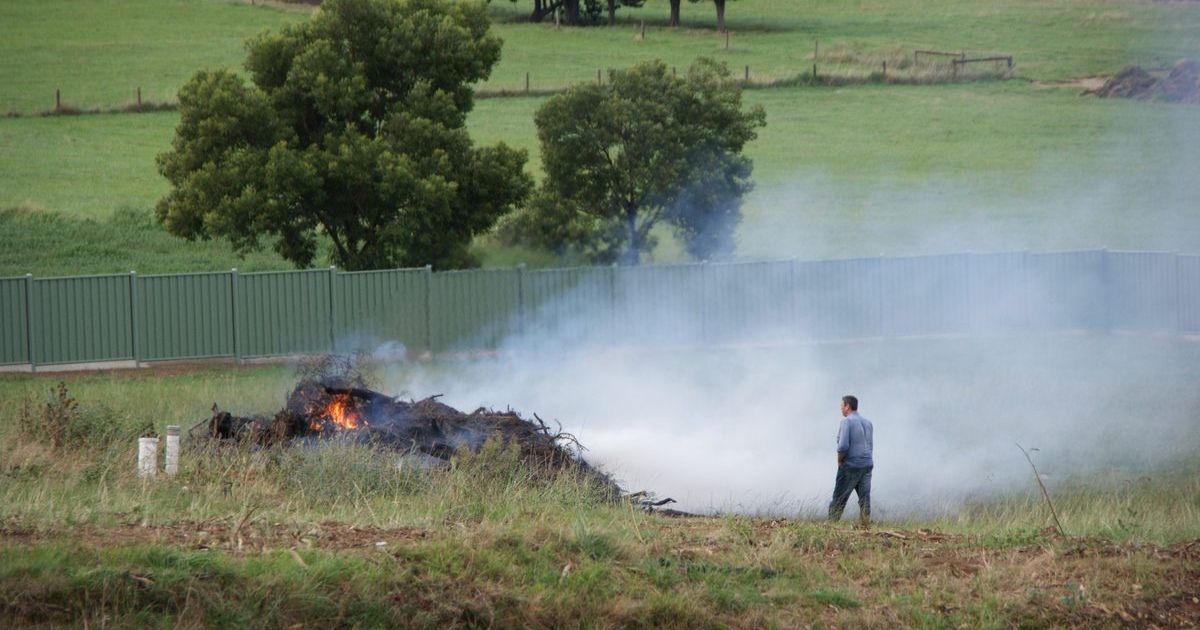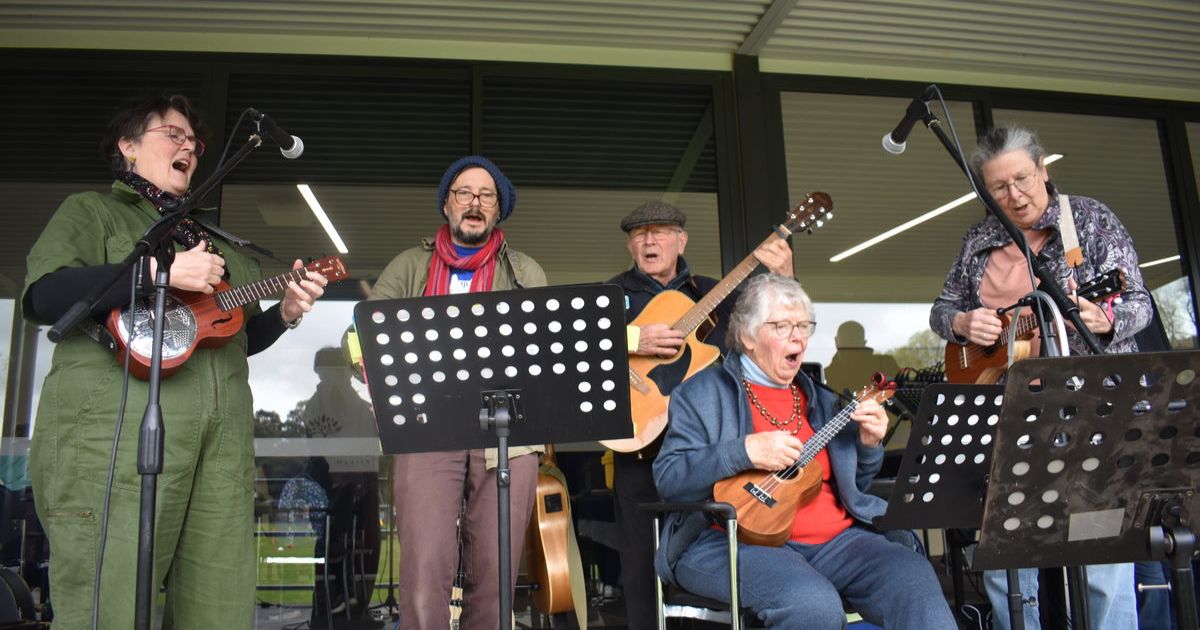Restoring Spring Plains Nature Conservation Reserve

Improving the landscape: Community members came together to plant trees and help restore Spring Plains Watershed last weekend. Photo: SUPPLIED
SPRING Plains Watershed, a vital part of the local environment, has received a much-needed makeover thanks to the dedicated efforts of the Biolinks Alliance and community volunteers.
The 138-hectare area, which has faced severe degradation due to historical gold mining and timber cutting, is now on a path to recovery.
“Last weekend, a group of community members came together and spent the day planting species that will help restore some of the ecosystem’s functions,” said Heathcote Local to Landscape facilitator at Biolinks Alliance, Cameron O’Mara.
“Many of the once-commonplace plant species are now missing from these forests, and these efforts will help to make the ground more absorbent and spongy.
“This, in turn, reduces the impacts of flash flooding while also making the forest more habitable for wildlife and even more beautiful for recreation.
“Over the past year, the Spring Plains Watershed Repair Project has introduced several innovative techniques to restore the natural health and biodiversity of the landscape.”
Key efforts include creating twenty-one new water catchment ponds along the Peters Gully creekline.
These ponds capture water during heavy rain, slowing down the flow and reducing the risk of flash flooding. They also help maintain water availability for plants and animals during dry periods.
By implementing approximately 70 kilometres of rip lines using a special plough, the project has improved the soil’s ability to absorb water. These lines help water seep deeper into the ground, supporting the growth of native vegetation.
Volunteers and experts have planted semi-aquatic plants around the new ponds and sown native wallaby grasses in the rip lines. The result has been a lush, green landscape that is more resilient and supports a greater variety of wildlife.
To recreate the forest conditions of 200 years ago, dense areas of woodland have been thinned which allows mature trees to thrive and provides better habitats for wildlife.
With the installation of nest boxes, the project has been monitoring local species such as the brush-tailed phascogale and sugar gliders. Recent counts show a significant increase in these species, indicating a healthier ecosystem.
“Community involvement has been a cornerstone of the project. Over 660 hours of volunteer time from 359 local residents have made this transformation possible,” said Mr O’Mara.
“The project also collaborates with the Taungurung people, the Traditional Owners of the land, who are helping to guide the restoration efforts.”
The Spring Plains Watershed Repair Project not only aims to restore the local landscape but also serves as a model for other regions facing similar challenges.
Biolinks Alliance members hope to share these successful techniques and inspire further restoration efforts across Central Victoria.
“We’re thrilled with the progress so far,” said Sophie Bickford from Biolinks Alliance.
“The positive changes we’re seeing are a testament to what can be achieved when the community comes together to care for our environment.”
Citizen science opportunities are available. Visit biolinksalliance.org.au/volunteering-opportunities.

















